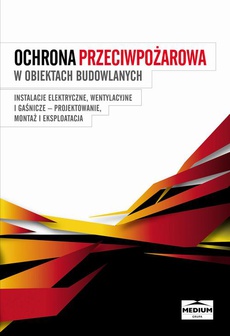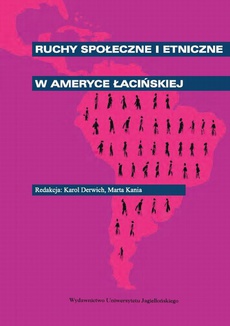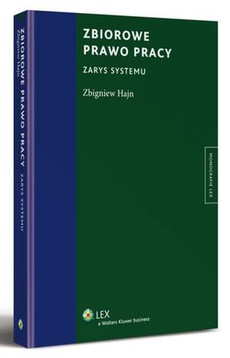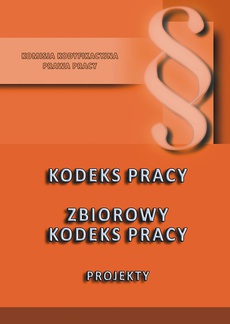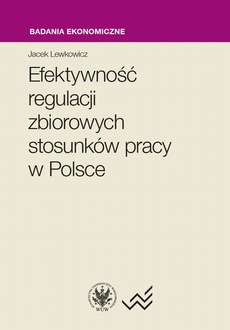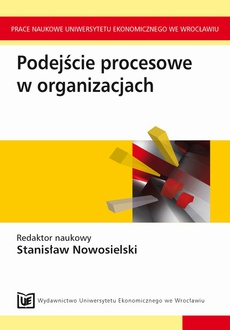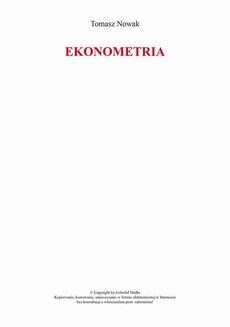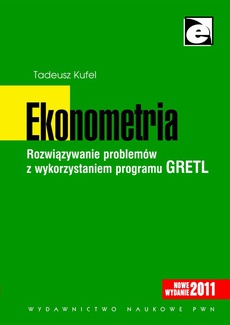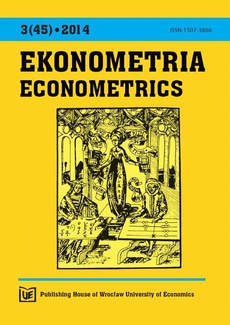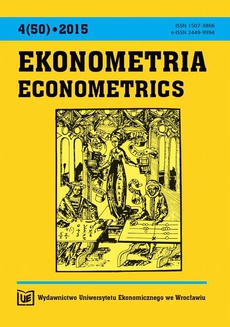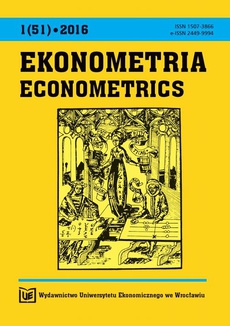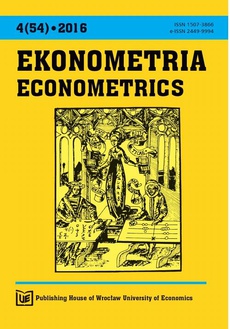INNE EBOOKI AUTORA
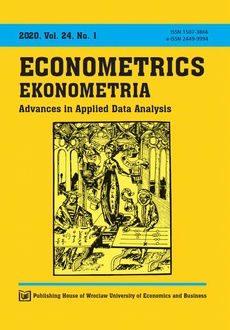
Ekonometria 24/1
Praca zbiorowa
Format:
ibuk
We present the latest, sixty-seventh, issue of “Econometrics Ekonometria. Advances in Applied Data Analysis”, starting the 24th year of the journal’s with publication. This issue contains six articles. Iwona Markowicz and Paweł Baran present the results of the examination of the dynamics of intra-Community trade in Poland and EU member states. They compared the results of selected literature studies with the results obtained on the basis of the analysis of the latest data (mainly 2017). The paper by Jadwiga Zaród concerns the classification of Polish cities with the use of discriminatory analysis. The author identified the diversity of environmental and communication conditions in Polish cities with ‘powiat’ (county) rights. The modification of calculation methods to correct reserves within the period of insurance, taking into account the current expectation of the future projected length was the main problem addressed in the article by Magdalena Homa. To achieve this purpose the author made calculations reserves which consider the extended actuarial risk and include the changing risk of longevity and its impact on their value. The next author, Mariusz Kubus, studied the evaluation of resampling methods in the class unbalance problem. The author attempted to compare simple random balancing methods with more sophisticated resampling methods that appeared in the literature and are available in R program, also explaining whether learning based on the original dataset and using a shifted threshold for classification is not more competitive. The paper by Grzegorz Migut shows the results of the assessment of the influence of dependent variable distribution on selected goodness of fit measures using the example of a customer churn model. The article presents not only the results of the assessments but also reviews the measures of predictive power. The final article, written by Justyna Brzezińska, concerns the use of classification methods for the analysis of the structure of university positions in Poland. The author used the methods of classification and segmentation methods categorical data in contingency tables.
| Rok wydania | 2020 |
|---|---|
| Liczba stron | 81 |
| Kategoria | Publikacje darmowe |
| Wydawca | Wydawnictwo Uniwersytetu Ekonomicznego we Wrocławiu |
| Język publikacji | angielski |
| Informacja o sprzedawcy | ePWN sp. z o.o. |
POLECAMY
Ciekawe propozycje
Spis treści
| Introduction VII | |
| Iwona Markowicz, Paweł Baran: Discrepancies between mirror data on intra-Community trade: the case of Poland | 1 |
| Jadwiga Zaród: Classification of Polish cities based on environmental and communication conditions | 12 |
| Magdalena Homa: Mathematical reserves vs longevity risk in life insurances | 23 |
| Mariusz Kubus: Evaluation of resampling methods in the class unbalance problem | 39 |
| Grzegorz Migut: Assessment of the influence of dependent variable distribution on selected goodness of fit measures using the example of customer churn model | 51 |
| Justyna Brzezińska: The analysis of the structure of university positions in Poland using classification methods | 71 |



